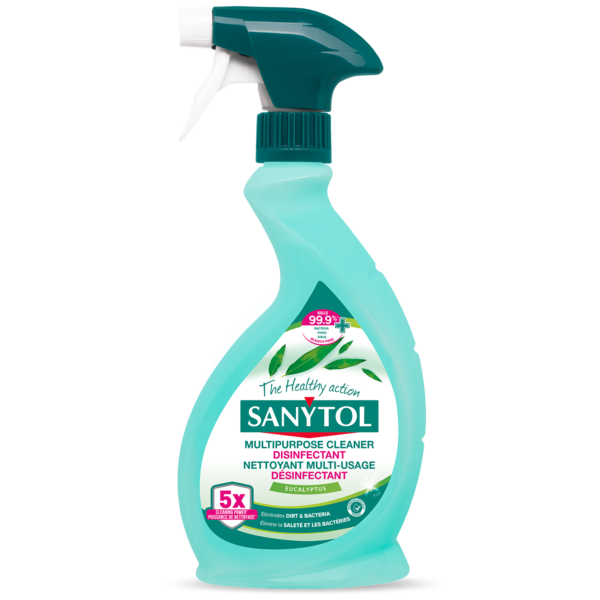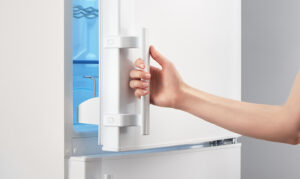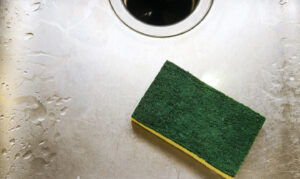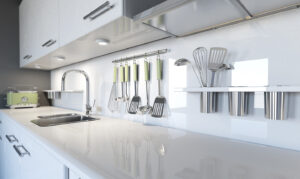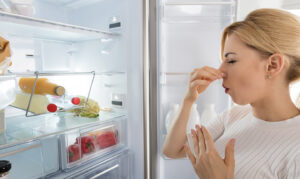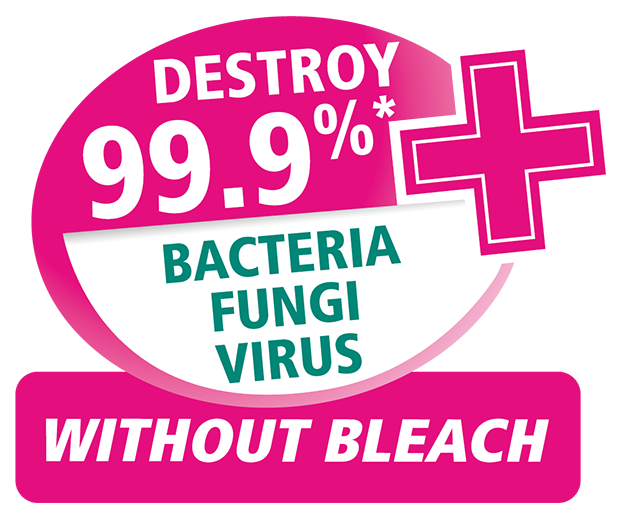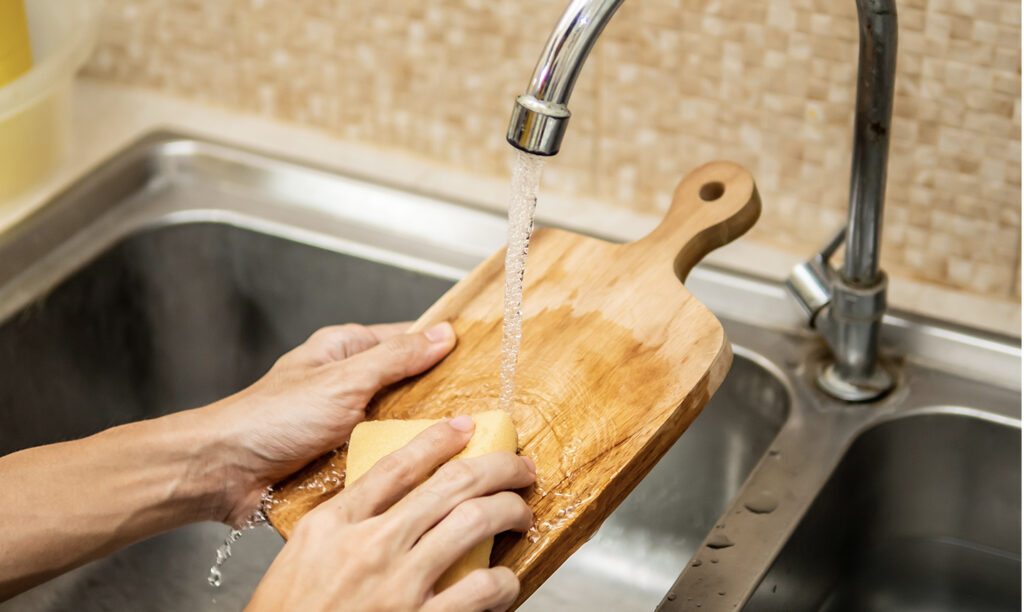
The kitchen is one of the main sources of bacteria in our home. Although at first we do not see it, there are microscopic risks that we usually overlook and this can end with the food that we are going to eat being contaminated and this can make us sick. Hence the importance of having good products to clean the kitchen in our home.
Some foods that come home may contain bacteria such as E.coli, Salmonella, Listeria or Campylobacter, with which we must be especially careful, conserving food properly and taking care of its handling to avoid cross contamination.
An example of cross contamination that is very common in homes is the case where we use the same board to cut a chicken breast and then a tomato. When cooking the chicken there will be no problem, because cooking eliminates the possible bacteria, but the tomato will be eaten raw in a salad and that is when we are in danger of ingesting the bacteria that may have been transmitted via the cutting board.
We give you 8 tips that will help you avoid cross contamination:
- Cook at more than 70ºC. Cooking eliminates almost all micro-organisms dangerous to our health. So if you cook your food above this temperature, there will be no problem of contamination.
- Keep food at safe temperatures. It is not recommended to leave cooked food for more than two hours at room temperature since the bacteria proliferate at between 5 and 60ºC. We must eat it as soon as possible or store it in the fridge. For this reason, it is also not recommended to thaw food at room temperature.
- Keep food separate in sealed containers to avoid possible contact.
- Always wash your hands before cooking and after handling raw food or changing from one raw food to another.
- Use quality raw materials. Cooking with quality products and consuming them in the shortest possible time will avoid catching any disease derived from cross contamination.
- Separate raw and cooked food. To avoid cross contamination, do not forget to disinfect the table every time you handle raw food.
- Pay attention to the sink: it is another of the spaces where cross contamination can occur, if we clean raw food or soak it in the sink after handling other food there, we are more at risk of contamination. That is why it is important to disinfect the sink before soaking food. You can use Multi-Purpose Disinfectant – Eucalyptus and then rinse the surface with water.
- Get into the routine of disinfecting the kitchen. Kitchen cleaning products such as Sanytol sprays are ideal for this area. With this cleaner you can disinfect your kitchen thoroughly and eliminate 99.9% of germs, killing the bacteria most often found in this area and eliminating grease at the same time. If the surface is going to be in direct contact with food, rinsing after applying the product will be enough. For areas where the fat is persistent, we recommend using Multi-Purpouse Disinfectant Kitchen, since it has a stronger degreasing ability.
